Description
Ride Engine Apoc 5/4 hooded full suit front zip
Personal review:
“I’ve been eagerly waiting to get my 5/4 hooded Ride Engine suit to put it through the paces. I tend to get cold easier than most and usually demand wearing a 6/5 when it’s cold. I used the 5/4 and was super impressed with the comfort and warmth.
With the Fleece lining and the natural materials, this is a suit that will be ridden by a lot of riders.
One of the coolest things was how fast the suit dries while I was wearing it. I usually get chilled when sitting on shore after a session and talking to others about the days riding. I noticed the suit was almost dry which was quite a bit different compared to my other suits. Well done Ride Engine.”
From Ride Engine:
Enjoy longer, warmer and more comfortable cold-water sessions with Ride Engine’s hooded, fleece-lined, front zip 5/4 Apoc. This winter wetsuit has been created with a meticulous attention to detail, using superior limestone-based SmartStretch neoprene, heat-retaining poly fleece lining, liquid rubber seams and strategic stitching technology. Don’t take chances with such a critical piece of equipment; with this suit you’ll enter the water with the confidence of knowing you’re covered by the very best.
Highlights:
• Enjoy freedom of movement, less restriction with a better fitting suit
• Comfortable, flexible, durable SmartStretch limestone neoprene
• Superior temperature control with internal poly-fleece liner in critical areas
• Easy entry/exit, superior flush protection with front-zip access and pullover neck gasket
• Eliminate cold water “shock” and seam leaking with flexible and durable liquid rubber seams
• Don’t be held back; express yourself fully with increased range of motion thanks to strategic stitching layout.
• Our suits match your values: No petroleum, no toxic hydrophobic coatings, no regrets
The Apoc series: Ride Engine developed the Apoc series with close collaboration from athletes who know exactly what they want, and need, from their equipment. Ranging from our warmest suit, the fully-sealed, fleece-lined, Apoc 5/4, to our sealed 4/3 and 3/2 full suits and 2m shortys, the Apoc is a full-range front-zip lineup designed with the utmost attention to detail to keep users warm and comfortable as they pursue their water-bound passions. All suits in the Apoc series are front-zip and feature internal neck gaskets to reduce flushing; the 5/4 and 4/3 suits have internal poly-fleece lining for added warmth and water retention and all are made from limestone-based neoprene.
PRODUCT DETAILS


FLUSH RESISTANT FRONT ZIP
Closes up rather than down so it won’t get unzipped if you take a beating in the surf.

C-FREE
No Ride Engine suits contain C8, C6 or C4. These toxic chemical enhance drying time. They also eventually leach into the water that we all share and love. We aren’t down with that.

LIMESTONE-BASED NEOPRENE
Neospan S-Foam Neoprene: Industry standard for high-end suits, avoids environmental impacts of standard petroleum-based Neoprene

STRATEGIC STITCHING
Stitch pattern designed to allow for maximum range of motion while avoiding stretch points and minimizing chafing.

HOLY KNEES
Rugged, abrasion resistant BAX material covers knees of all long suits for added protection and durability where it’s needed most.

BLOAT FREE DRAINHOLES
Strategically located to drain water and prevent “elephant leg syndrome”

PULL OVER NECK GASKET
Zips into the interior of the suit and helps prevent flushing through the neck opening.

HEART WARMER
Thermalux Poly Fleece lining (on cold-water models) Minimizes water absorption and retains heat to keep you warm, dry and comfortable in all conditions. Layer tapers from thickest at the core to thinner at extremities to maximize warmth and mobility.
The Ride Engine wetsuit story
While surfing, kiting and testing gear in what we fondly call Mother Nature’s greatest testing grounds (the mighty Pacific Ocean), Ride Engine founder Coleman Buckley and his many friends and collaborators needed just about every size, shape and thickness of wetsuit imaginable to stay warm and comfortable as conditions changed throughout the year.
The problem was, as down-to-earth young creatives with a passion for grass-roots ingenuity, there wasn’t really a wetsuit brand we could identify with or truly be stoked on. There were plenty of brands to choose from, but each had its own set of deficiencies and industry baggage, from the big-box marketing and cookie cutter feel of global big-names to the environmental disregard that many brands show in the materials and manufacturing processes they chose to use.
The core of the problem came down to this- If we are going to spend hard earned money on a relatively expensive and extremely critical piece of equipment, we want two simple things: genuine quality in craftsmanship and a genuine connection to the brand we’re investing in and the values it represents. No brand lived up to those standards, so we decided to make Ride Engine wetsuits our next big project.
The neoprene story: Limestone vs. Petroleum
The basic chemistry: Petroleum-based neoprene generally uses butadine, an oil derivative, as the compound that essentially acts to bind chloroprene together to create longer chains of repeating molecules- a process called polymerization. This process results in the polychlorprene chips used as the basis for neoprene. Limestone neoprene is made in much the same way, except that the critical binding agent (called a monmer) used in the process is derived from limestone rather than petroleum.
The environmental difference: Limestone is a finite resource that requires energy and fossil fuel to extract from the earth. The process of turning stone into the compound needed to produce neoprene requires no small amount of heat and energy as well. While this is certainly not environmentally friendly, when comparing it to the enormous environmental costs, impacts and dangers associated with the oil industry, we are confident in saying it is by far the lesser of the two evils.
The functional difference: This is where limestone neoprene really stands out. In short, limestone-based neoprene is more effective, more comfortable and longer lasting than its petroleum counterpart. On a chemical level, limestone-based neoprene differs from petroleum in that it has higher-density closed cell structure. These closed cells are essentially air bubbles packed tightly together within the chemical structure of the neoprene. There are several functional benefits of this, including increased elasticity and durability, decreased weight and water absorption and improved heat retention- all important factors in a high-quality suit.
The conclusion: We can’t label either material “environmentally friendly”, but we can say without a doubt that limestone-based neoprene is by far the superior material. As a brand, we’re more comfortable with the impacts associated with limestone than with petroleum, and the fact that the end result is a higher-quality and longer-lasting product makes limestone the clear winner.
Ride Engine wetsuit care
1. Rinse your suit properly: This means washing it thoroughly with cold water after every use- best done by repeatedly dunking your suit in a bucket or tub of cold water. Sticking a hose in the neck hole and letting water run out the legs just won’t suffice. Getting all of the saltwater, dirt and grime off after every use is the easiest way to increase the life of y our suit. Rinsing with cool or cold water is important; hot water can degrade neoprene over time. For an occasional, more thorough cleaning, use a wetsuit-specific cleaning product or a mild soap, such as baby shampoo. Do not use detergent, laundry soap, bleach or other chemical cleaners, and for heaven’s sake do not put your suit in a washer or dryer.
2. Hang your suit properly: Hang your suit inside-out first. Once it’s dry, reverse and hang it right side in. This is a key detail in making sure both surfaces of your suit dry properly. Do not hang your suit in direct sunlight; this degrades the neoprene and will reduce its life. Do not hang your suit by the neck or shoulders like you would a button-up shirt; this can stretch the opening and reduce its effectiveness. Drape your suit over a chord or through a coat hanger and hang somewhere out of the sun.
3. Store your suit properly: You paid good money for your wetsuit, so don’t treat it like a beach towel. Stuffing it into a bag or leaving it in the trunk of your car just won’t due. Once dry, your suit should be stored unfolded in a cool, dry location away from direct sunlight.
4. Enter/exit your suit properly: Wear and tear is inevitable, but you can dramatically increase the life of your wetsuit by simply taking your time putting it on and taking it off. A little extra attention here will go a long way in avoiding stretching or tearing seams, zippers and openings. Since you should dry your suit inside-out first, remove it accordingly by carefully peeling it off of your appendages like peeling a banana.
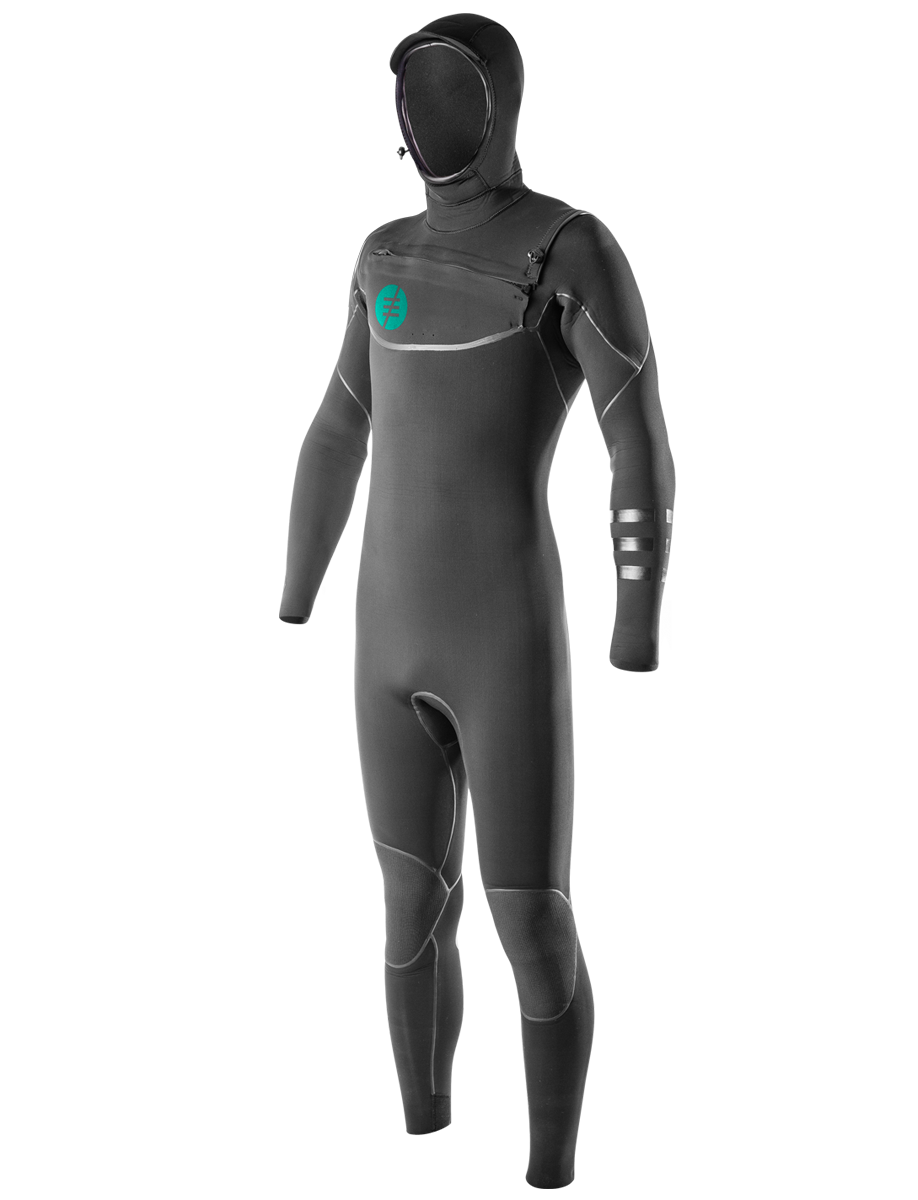
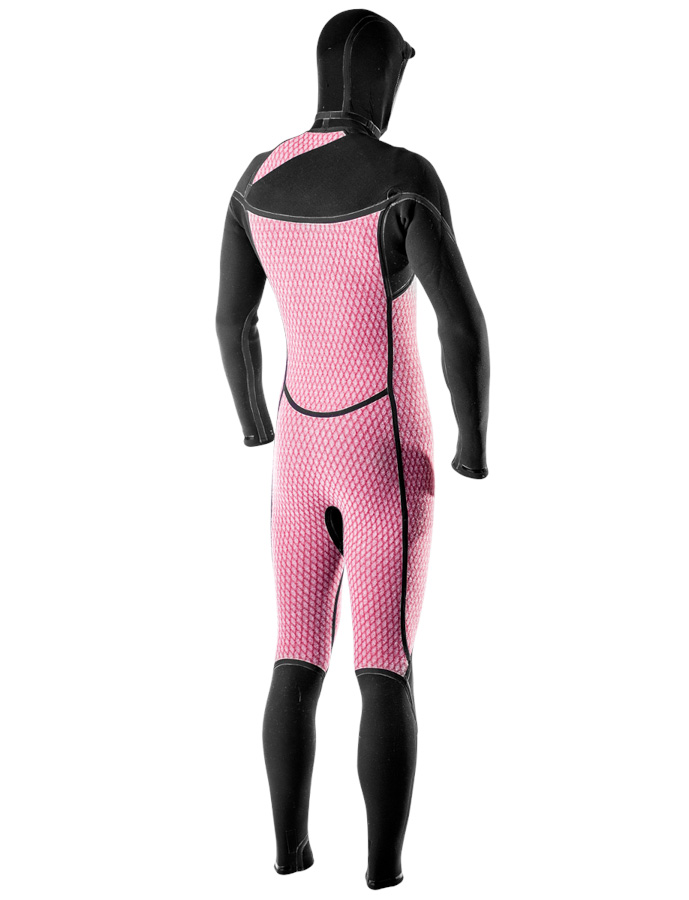
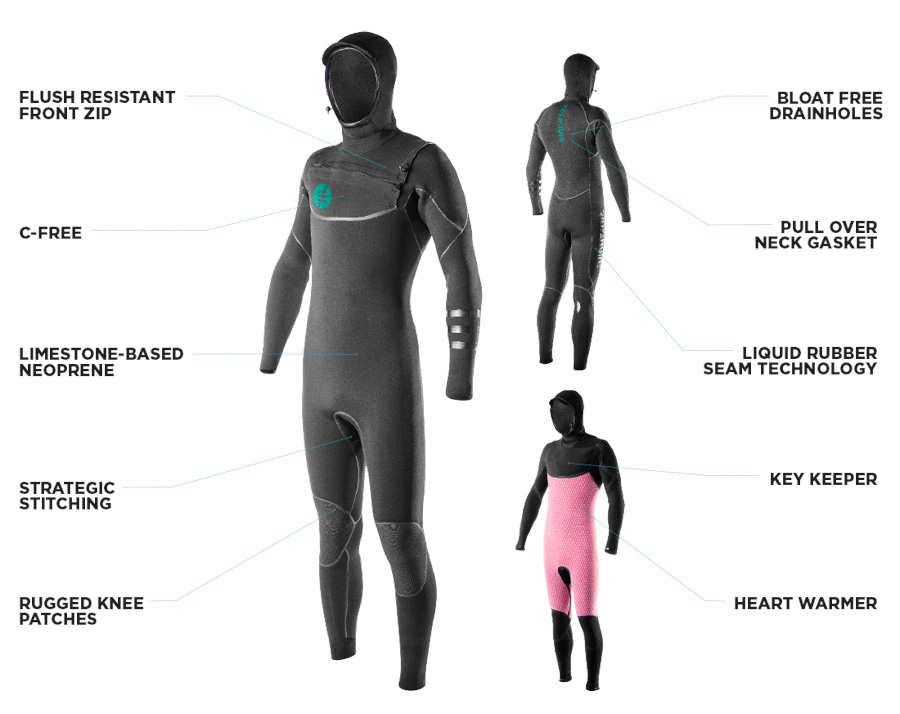
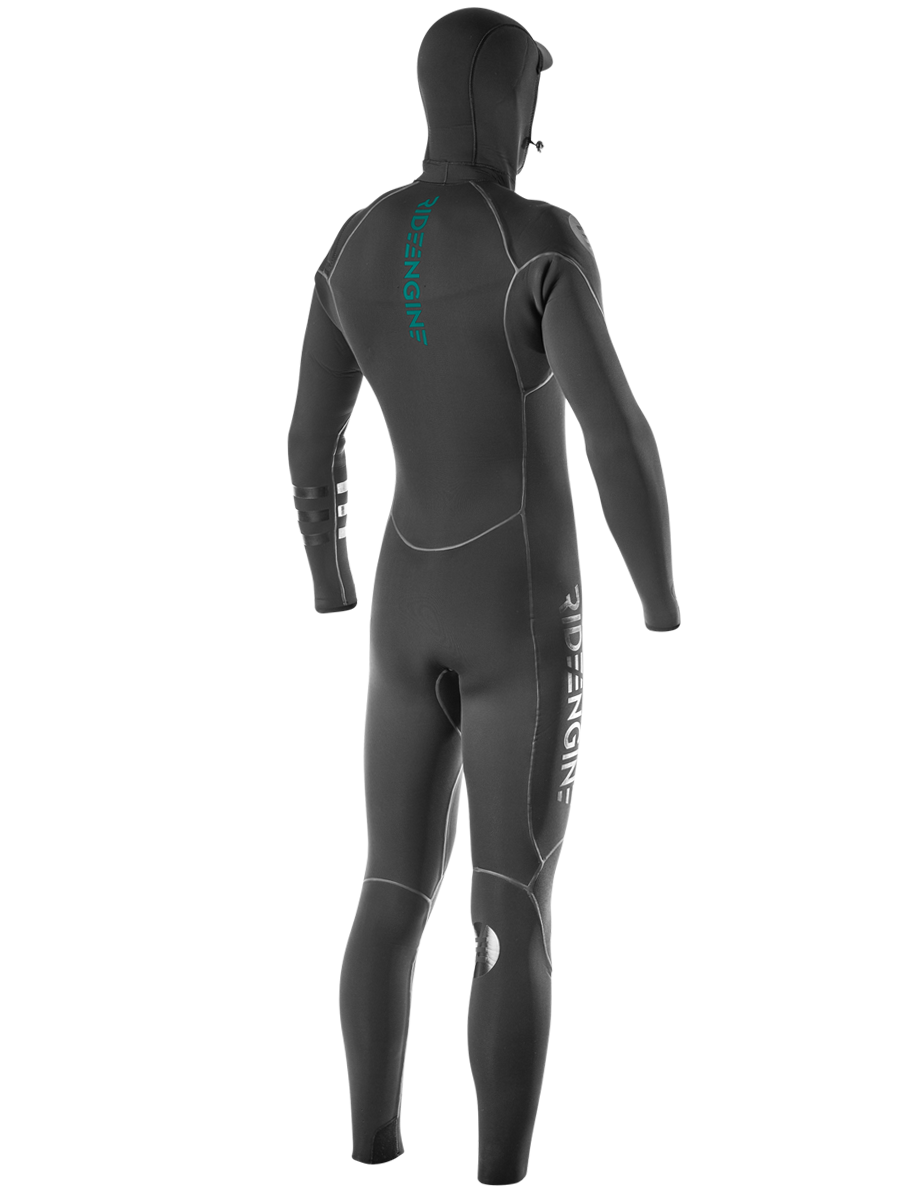
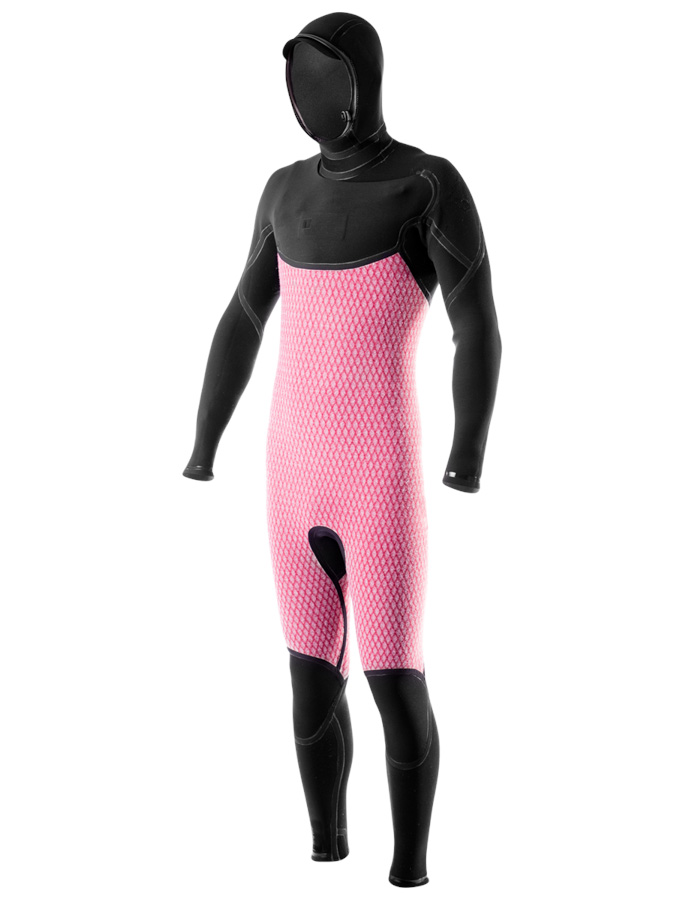

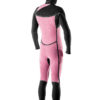
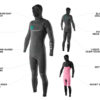
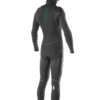
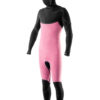

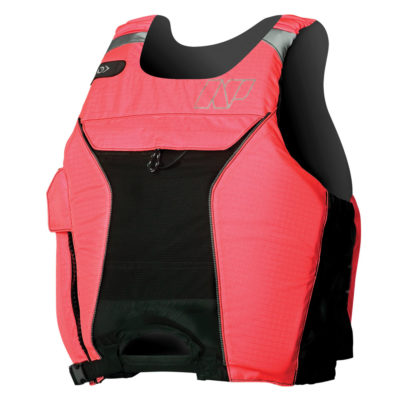
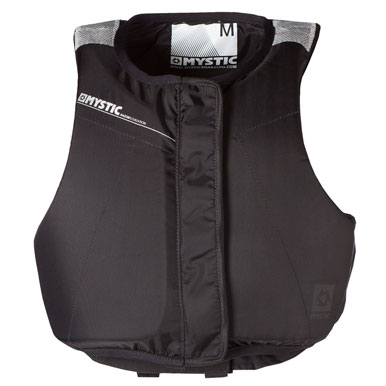

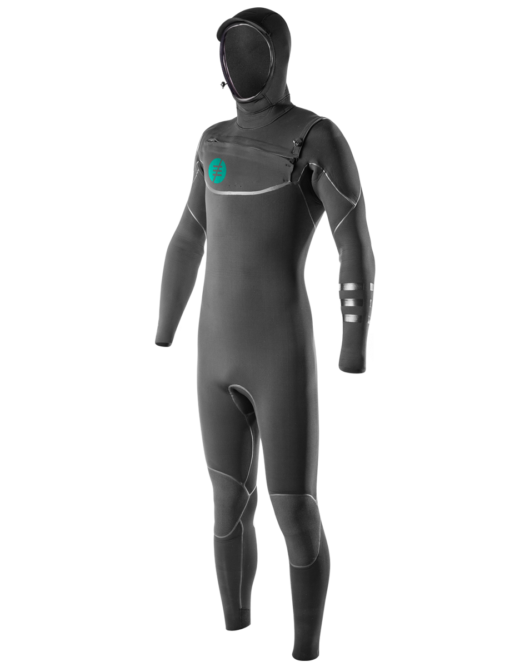
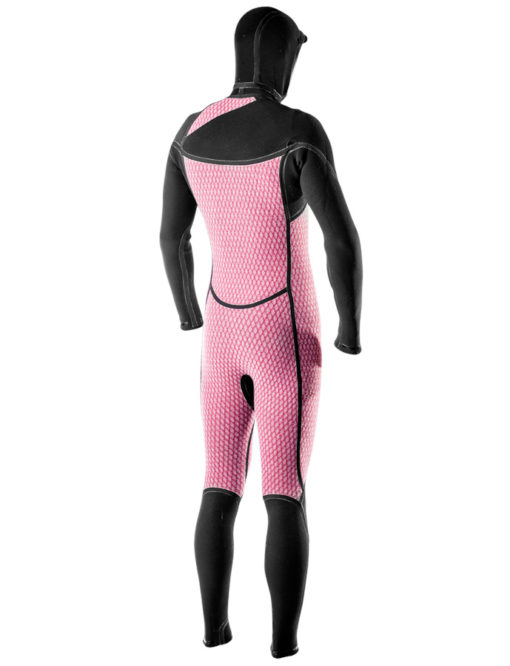
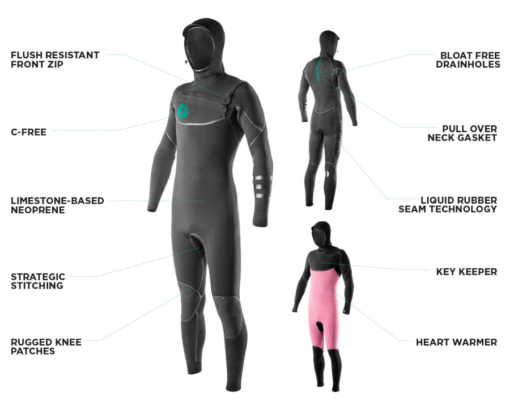
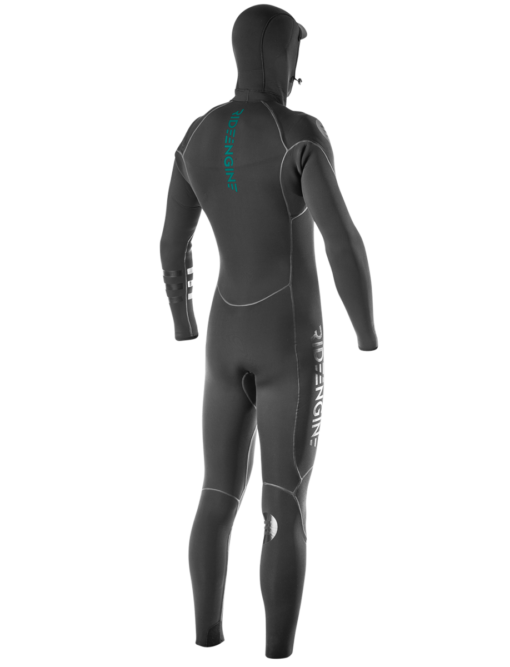
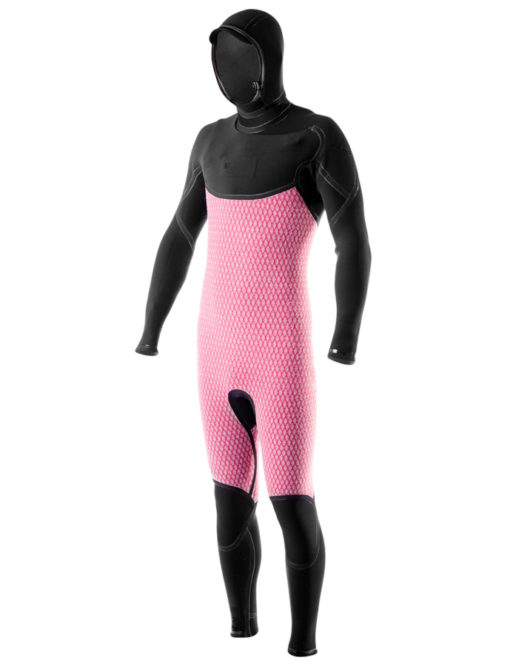
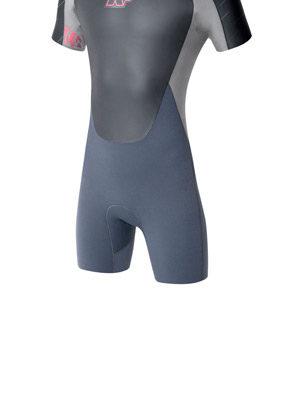
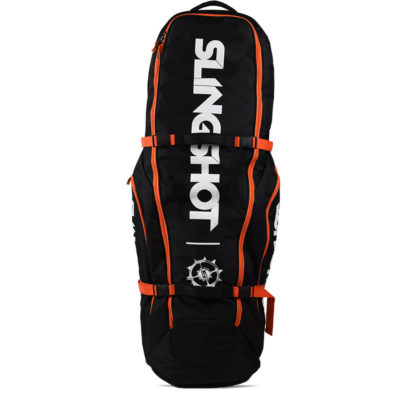
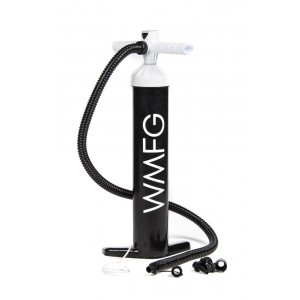
Reviews
There are no reviews yet.